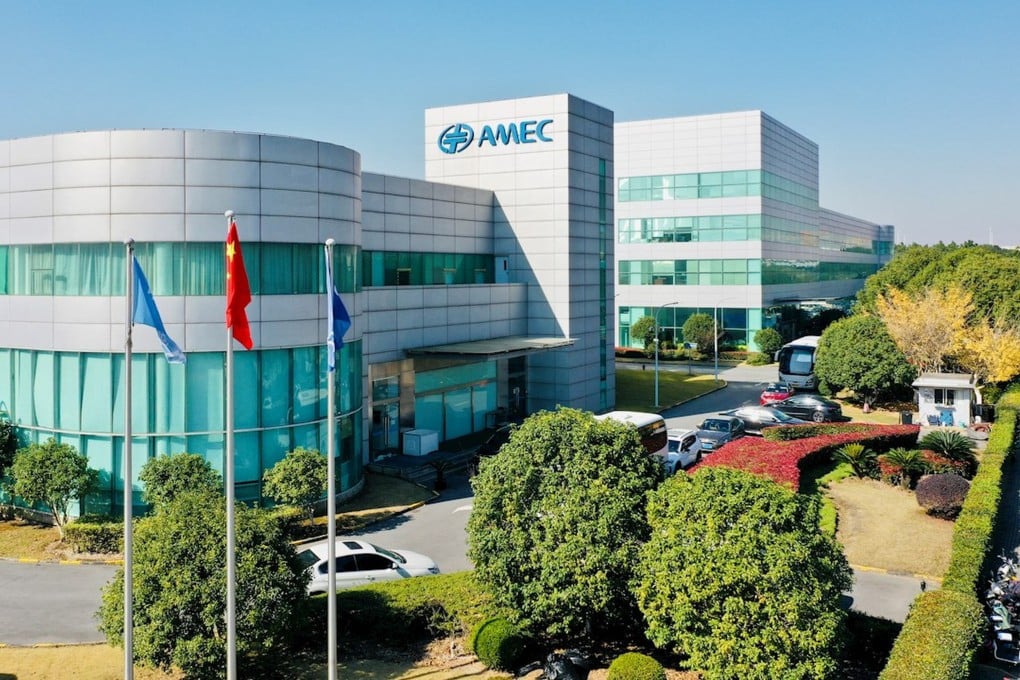Share Share Share Share Email In an era of rapid technological advancements, traditional supply chain systems struggle to keep up with increasing demands for speed, efficiency, and resilience. Venkata Anil Kumar Nilisetty , an expert in distributed systems and cloud computing, presents an innovative approach to supply chain automation through event-driven microservices. His research introduces a transformative framework that optimizes logistics, inventory management, and supplier coordination, paving the way for a more autonomous and intelligent supply chain ecosystem.
The study highlights the integration of advanced distributed technologies, ensuring that businesses remain adaptable in an evolving digital landscape. Breaking Free from Monolithic Constraints Traditional supply chain management systems rely on monolithic architectures, which hinder scalability and responsiveness. These centralized systems create bottlenecks, leading to frequent disruptions and inefficiencies.

By leveraging event-driven microservices, organizations can break free from these limitations, enabling a decentralized approach where independent services communicate in real time. This shift enhances system reliability and significantly reduces downtime and operational costs. Companies embracing this approach achieve greater flexibility and resilience.
Event-Driven Intelligence for Real-Time Decision Making A core innovation in this framework is real-time event processing. By utilizing advanced event streaming technologies, such as Apache Kafka, supply chain components instantly react to inventory fluctuations, demand surges, or logistical challenges. This real-time intelligence allows businesses to make data-driven decisions, improving efficiency while minimizing risks associated with delays or unexpected market shifts.
Enhanced data synchronization across networks strengthens adaptability. Resilient and Scalable System Architecture Scalability and fault tolerance are crucial for modern supply chain operations. The proposed architecture employs circuit breakers, CQRS patterns, and distributed tracing mechanisms to enhance system resilience.
These technologies ensure seamless communication between microservices, preventing cascading failures and optimizing resource utilization. Enterprises experience higher system uptime, faster recovery from incidents, and improved performance. Minimizing disruptions helps businesses maintain continuity under unpredictable conditions.
Optimized Inventory and Supplier Management This microservices-based approach optimizes inventory tracking and supplier coordination. The framework automates procurement cycles, providing real-time insights into stock levels and demand forecasts. By integrating intelligent supplier scoring mechanisms, organizations improve vendor relationships, enhance procurement accuracy, and reduce cycle times, leading to cost savings and improved service levels.
Automated supplier collaboration reduces errors and accelerates transactions. Machine Learning for Predictive Analytics Incorporating AI-driven anomaly detection and predictive analytics adds intelligence to the supply chain. Machine learning models analyze vast amounts of historical and real-time data to identify patterns, predict disruptions, and optimize demand forecasting.
This proactive approach enables organizations to anticipate bottlenecks, ensuring smooth operations even during unpredictable market conditions. Leveraging AI-driven insights reduces risks while improving customer satisfaction through timely deliveries. Efficient Deployment with Containerization and Orchestration To ensure seamless deployment and scalability, the framework leverages containerization technologies such as Kubernetes.
This allows for automated scaling, resource optimization, and zero-downtime updates. The implementation of service mesh technology improves inter-service communication, reducing latency and enhancing observability across distributed environments. Microservices and container orchestration enhance agility in responding to business needs.
Monitoring and Observability for Proactive Management Maintaining visibility into a complex supply chain system requires robust monitoring tools. The framework incorporates distributed tracing solutions, enabling real-time tracking of transactions across multiple services. This enhances system observability, allowing organizations to detect and resolve issues before they impact operations.
Additionally, real-time telemetry data supports automated incident response, further improving system reliability. Continuous performance monitoring ensures smooth and efficient supply chain operations. Transforming the Future of Supply Chain Management By embracing event-driven microservices, businesses achieve a paradigm shift in supply chain management.
This approach enhances operational efficiency and fosters innovation through automation and intelligent decision-making. As organizations navigate an increasingly complex global supply chain landscape, adopting such transformative technologies will be key to staying competitive. The ability to respond swiftly to emerging trends provides a significant advantage.
In conclusion, Venkata Anil Kumar Nilisetty ’s research provides a comprehensive blueprint for the future of supply chain automation. By integrating real-time event processing, AI-driven insights, and scalable microservices, businesses can unlock new levels of efficiency and adaptability, setting a new standard for supply chain excellence. These innovations create a strong foundation for long-term growth, industry leadership, and sustainable competitive advantage.
Related Items: supply chain systems , Venkata Anil Kumar Nilisetty Share Share Share Share Email Comments.
Technology

Revolutionizing Supply Chain Coordination with Event-Driven Microservices

In an era of rapid technological advancements, traditional supply chain systems struggle to keep up with increasing demands for speed, efficiency, and resilience. Venkata Anil Kumar Nilisetty, an expert in distributed systems and cloud computing, presents an innovative approach to supply chain automation through event-driven microservices. His research introduces a transformative framework that optimizes logistics, [...]The post Revolutionizing Supply Chain Coordination with Event-Driven Microservices appeared first on TechBullion.















